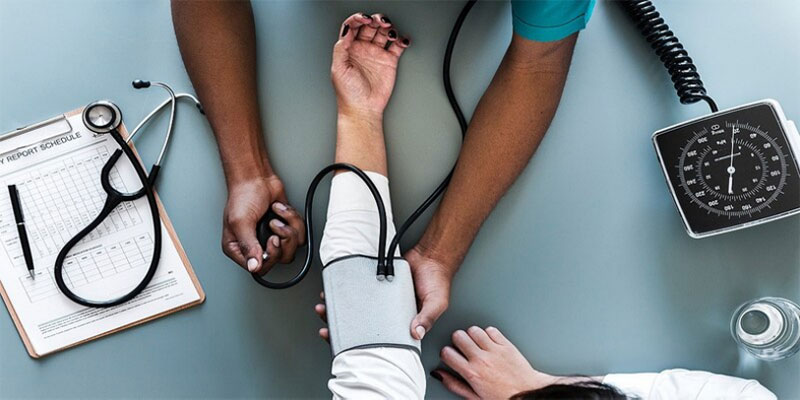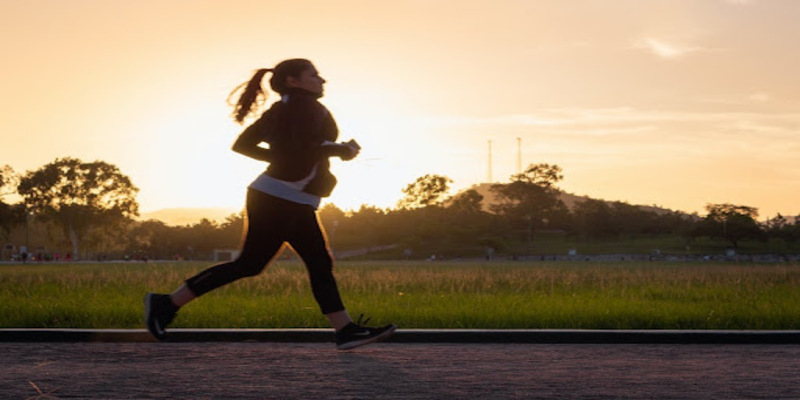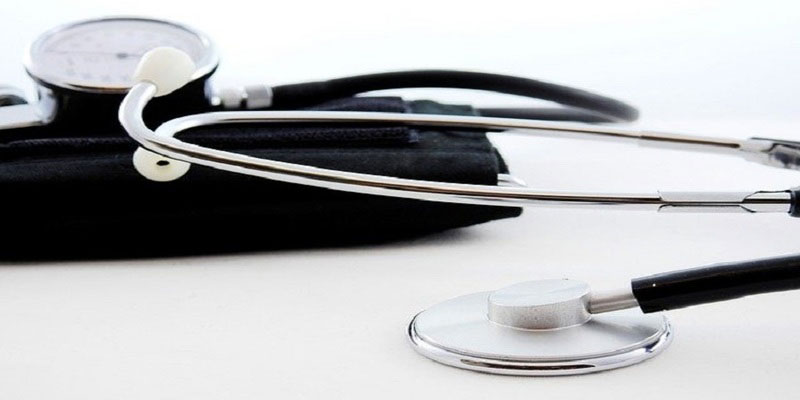According to research published in the journal Hypertension by the American Heart Association, a rise in blood pressure upon standing is associated with an increased risk of future major cardiovascular events like heart attack, chest pain related to the heart, and stroke among people with hypertension between the ages of 18 as well as 45. According to the study's lead author and professor of internal medicine at the University of Padova in Italy, Paolo Palatini, MD, the results suggested that a measurement of standing blood pressure is warranted in order to personalize care for those with high blood pressure. "A more aggressive approach to Treatment options for high blood pressure include modifying the patient's lifestyle and maybe taking medication for people with an elevated blood pressure response to standing," Palatini said in a press release. When it comes to high blood pressure, many people in this group are completely unaware that they have it.
Standing Blood Pressure And The Risk Of A Cardiovascular Event

Data from 1,207 adults aged 18-45 with untreated stage 1 hypertension (systolic blood pressure of 140-159 mm HG and diastolic blood pressure of 90-100 hh mg) was analyzed for the current study by researchers from the University of Padova. Participants were at low risk for major cardiovascular events, and none had received blood pressure medication. When participants were first enrolled in the research, they had their blood pressure checked six times in various postures, including while laying down and after standing up. Out of the participants, 120 (10%) had a systolic blood pressure elevation of more than 6.5 mm Hg when they stood. The systolic blood pressure of the remaining subjects decreased by an average of 3.8 mm Hg.
After following the patients for an average of 17 years, researchers identified 105 serious cardiovascular events, such as heart attacks, chest discomfort, and strokes, among the study participants. Even among those not at greater risk overall, those who saw the greatest increase in blood pressure were almost twice as likely as others to undergo a serious cardiovascular incident. The increased risk of cardiovascular events is serious enough. Still, the fact that the blood pressure drops while lying down instead of rising when you rise makes this phenomenon much more noteworthy. Research shows that people's systolic blood pressure drops modestly when they stand up. Ashita Dwivedi, MD, a cardiologist at Lenox Hill Hospital who was not involved in the research, told Health.com, When we stand, blood flows more heavily to our lower extremities and less to our brain and other upper brain regions.
The blood pressure usually returns to normal within seconds because "the body has internal systems to counteract the shift in posture." Dr. Dwivedi noted that the study's findings pinpoint a subset of individuals whose compensatory systems are too responsive to this postural shift. As a bonus, "because they are young individuals, early identification and vigorous blood pressure management might aid to possibly enhance long-term results." Despite the importance of the study's results, there were several caveats. The findings may not apply to persons of other races or genders since all participants in the research were white, and the majority (72%) were males. Further study is needed to verify these results across a wider range of people.
A New Method For Blood Pressure Measuring?

Although doctors don't usually take a patient's blood pressure when standing, Dr. Palatini says doing so may be advantageous. Dr. Palatini says the best method is to take readings when the individuals are standing and to pay specific attention to the systolic readings. The same threshold as seated blood pressure should be used to determine whether or not medication therapies are necessary: Drug treatment should be started if the difference between the patient's blood pressure when laying down and their blood pressure while standing up is more than 6-7 mmHg.
In the meantime, however, current methods for monitoring blood pressure will continue to be used. Dr. Dwivedi acknowledged that the study's findings needed to have more impact on altering a current clinical practice. Still, he urged that bigger studies be conducted to determine whether or not this population of patients might benefit from more intensive blood pressure treatment. However, in the meanwhile, it's crucial to schedule yearly visits with your doctor, during which your blood pressure will be measured, for preventative purposes. Maintaining a healthy, long-term lifestyle approach is important for people of all ages to prevent developing cardiovascular problems later in life.
Conclusion
According to recent research, hypertension, or high blood pressure, may indicate future cardiovascular problems immediately after standing. The findings might lead to more precise evaluations of cardiovascular risk and treatment plans from medical professionals. A research published in the journal Hypertension either by American Heart Association found that people with hypertension between the 18 and 45 years of age who experience a spike in blood pressure upon standing had an elevated risk of future significant cardiovascular events such as heart attack, heart-related chest discomfort, and stroke. Conclusions Patients with hypertension could do better with a more proactive approach to modifying their lifestyle and with blood pressure measurements taken while standing.




